 Literary mag and site written by teens
Literary mag and site written by teens
 Literary mag and site written by teens Literary mag and site written by teens Teen Ink is a literary magazine and website that features poetry (including song lyrics, sonnets and haikus), fiction, book reviews, hot topics in nonfiction, and art/photos. The site also provides two forums for teens -- a regular one for chatting and a writers' workshop for sharing creative work. Teens also provide reviews about colleges and summer programs. Sign-up is required for submissions (which they accept year-round) and participants must be 13 to 19 years old. To learn more, check their submission guidelines.
Go Teen Writers has reached over 1,000 followers! To celebrate their
community of teen writers, they will be hosting a contest where you can submit the first 1,000 words of your novel. The contest will be open for submissions from Thursday, March 13th until Monday, March 17th OR until they receive 200 entries. It's restricted to writers age 21 and younger, who are not traditionally published, and who do not have an agent. In the final round of judging, agent Amanda Luedeke of MacGregor Literary will pick the winner. For more information about the contest, visit the Go Teen Writers blog. You can also read my December interview with Go Teen Writers here. Good luck!  Get writing! Get writing! For this week's Teen Tuesday, check out Teens Writing for Teens. The site includes practical information, like formatting the query letter, writing a synopsis, and preparing your manuscript. It also features inspirational advice about getting started and a suggested reading list. Although the blog and facebook account are no longer maintained, the website contains some timeless help for teens who write. Do you know of any websites that help teenage writers? Let me know in the comments and I'll consider them for a future Teen Tuesday profile.
The Blue Pencil Online is created by students in the Creative Writing Program at the Walnut Hill School for the Arts in Massachusetts. According to the website, "the magazine seeks to publish the best literary work in English by young writers (12-18) around the world. " This week's interview is with Mike Heppner, who teaches publishing and fiction at the Walnut Hill School for the Arts. How does The Blue Pencil Online differ from other literary magazines? The Blue Pencil Online is an outgrowth of The Blue Pencil, which published its first issue in 1917. Unlike The Blue Pencil, which is a print publication that showcases the work of Walnut Hill's own writing students, The Blue Pencil Online publishes poetry, fiction, and dramatic writing from high school students around the world. We only publish once a year, so extra care is invested in the editorial process. How many teens are involved in running The Blue Pencil Online? What is the common thread that ties the volunteers together? There are currently twelve teens involved in running The Blue Pencil Online, ranging in age from 15 to 18. They aren't volunteers per se, but rather creative writing majors at Walnut Hill, and serving on the editorial board at The Blue Pencil Online is part of their core curriculum. Beyond that, what ties them together is their passion for literature and for discovering new voices. The submission guidelines are available online, but could you provide some more information about what type of creative work appeals to you? Thoughtful, expressive writing that takes care to communicate to its readers. Writing that is both "interesting" and "interested." Original ideas expressed in fresh ways.
Thanks, Mike! For more information, check the submission guidelines, and be sure to visit The Blue Pencil Online in March for their next writing prompt.
This week's Teen Tuesday features an interview with Jody Carrow, Editor-in-Chief of the Claremont Review, an international magazine for young writers based in Canada. The Claremont Review is a paying market ($10.00 per magazine page and one complimentary copy). They publish "first-class poetry, short stories and short plays by young adult writers, aged 13-19, from anywhere in the English speaking world." How does the Claremont Review differ from other teen literary magazines? The Claremont Review differs from other teen literary magazines in a few ways: first, the magazine has a long (22 years) and credible history as a literary publication; second, its emphasis remains on the craft of writing and maintains a high standard of literary excellence; 3rd, I think the Review does not editorialize for content (except hate literature of any kind) -- it truly is an open forum for teens to explore the issues and topics that matter to them. If a piece of work holds its own literary merit, we run it, no matter what. The Claremont Review has been publishing teen writers for over twenty years. How would you characterize current submissions? Are there any trends in teen writing that you’ve noticed? I can’t speak for all of the past 22 years since I just came on board a little over a year ago, but I would say after reading some back issues that there seems to be a rising interest in dystopian genre fiction. I know there has been an explosion of this type of literature available to teens and I think this is what many youth are reading in their spare time. Although we do not accept this type of fiction, what is encouraging about the submissions of this nature that we have read is that many of them are written very, very well. By that I mean strong, complex characters, plots that are character driven rather than action driven, and some excellent prose. Genre fiction is often discounted for being the “easy” way of becoming a writer because it is largely exempt from the high literary standards we impose on other styles of writing, but some of the teens we have read may one day prove that maxim to be passé compose simply by virtue of their talent merging with their chosen form. In poetry, there is a disturbing trend towards not punctuating -- AT ALL. There are poems that work without punctuation because the author has carefully crafted each line to flow into the next, so I am not saying a poem can’t be done this way, but more and more we are seeing poems where the punctuation is just left out. We wonder if this has to do with the rise in texting and other forms of electronic shorthand combined with fewer and fewer teachers spending the time on this component of writing. Whatever the reason, when we read poems that are unpunctuated for NO APPARENT REASON, we get mad. Occasionally if the poem is really good, we will work with the writer to punctuate it, but otherwise, to the rejection pile it goes. Besides the submission guidelines provided online, could you provide more information about what type of creative work appeals to you? (Just to confirm, all work is submitted through regular mail?) The type of creative work we are looking for and celebrate when we get, is fresh, nuanced, and unique. In other words, we are all humans more or less living out the same types of experiences --birth, death, love, loss, relationships, identity, etc -- but when a writer can expertly spin their story around these common experiences in a way that only could be told by that particular writer, we get really excited. Powerful, confident and new voices in literature. We have all day for writers of that calibre. Writers who take chances. And yes, all our submissions come through the mail. What is the most common mistake or flaw that you see in submissions? The most common errors people make when submitting to us is not including a self-addressed stamped envelope (SASE). If you care for feedback, then you must include it! Similarly, if you want your formal acceptance letter mailed to you, we won’t do it without one! Another common error is not responding to us in time with the requisite items and missing getting published. Will you be running another annual contest? Can you provide any specific tips for teens who want to enter? We will definitely be running our annual contest, and plan to forever! Our tips would be to have someone who loves you (but not so much that they just tell you everything you write is brilliant -- sorry, Moms and Dads out there) to proofread your submission before you send it in. Also, read, read, read as much short fiction and poetry you can get your hands on AND read past issues of our magazine to get a sense of the magazine’s aesthetic. What advice would you offer teen writers?
Thank you, Jody. To learn more about the Claremont Review, visit their website, which includes advice from authors and helpful tips on getting published. Submission guidelines for writing and the visual arts are available online.
This Teen Tuesday features an interview with Phil Jaeger, Publisher and Creative Director of Stone Crowns. Stone Crowns is a digital YA literary magazine started in 2013 and published quarterly. They welcome writing and illustrations from teens but ask that those under the age of 18 mention it in the cover letter since they must have a parent or guardian's consent before publishing. The deadline for the next issue is in April, so get busy! What was the inspiration for starting Stone Crowns last year? 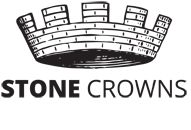 Stone Crowns has been a concept we've tossed around for quite some time. As artists ourselves we share a passion for young adult literature and have always wanted to be more involved in the growth of the genre. Knowing that publishing YA literature wasn't a new concept we've spent a lot of time crafting our goals. We're happy with the outcome so far, but more excited about the ideas we haven't yet shared. What sets Stone Crowns apart from other YA literary magazines? In tweets and blog posts it's not uncommon for us to refer to the writers and artist we're including, or have included, in an issue as "family." We say this because we are a family, a husband, a wife and a brother. There is a certain bond we share through Stone Crowns that has brought us even closer, and it feels good. Each issue is an opportunity for us to build upon, and share, this bond by growing our creative family through new writers, illustrators and our readers. We welcome all. What is the most common mistake or flaw that you've seen in submissions so far? Short fiction is difficult. Fitting a story into a few thousand words isn't an easy task. That being said, we've had an number of pieces come to us that read like the first chapter in a novel, instead of a complete story. Do you have any specific advice for writers who want to submit?
Thank you, Phil!
For more information, visit the Stone Crowns website. For submission details, check their guidelines.  StageOfLife.com sponsors a free monthly writing contest for high school students. Their hope is that you will “help inspire, educate and illuminate your peers (and older generations) with your experiences and thoughts tailored to a unique, real-world, monthly writing prompt. “ The prompt for January is about your hopes and fears for the upcoming year. The deadline for this month is January 31 and the you can submit online. The winner will receive gift cards from their sponsors. Check out more contest details on the Stage of Life website. Happy December 24th! Last week, John Hansen counseled teen writers not to take condescending advice. In that spirit, I’ve compiled links to several positive posts where published YA authors offer advice to teen writers. I'll leave it to you decide if it is condescending or not. :) From one teen to another Seventeen-year-old Beth Reekles (author of The Kissing Booth) offers five pieces of craft-related advice in “Top tips for teen writers: Beth Reekles” from theguardian.com. Develop a self-critical eye “Develop a self-critical eye,” Cassandra Clare (author of The Mortal Instruments series) advises in her blog post “Tips for Teen Writers.” (This post is from 2008, but you can still scroll through and read her answers to lots of individual questions.) She provides more advice on her website. Advice from YALLFest 2013 From the young adult book festival, YALLFest, read seven more tips in “7 Young Adult Book Authors Reveal Their Best Advice for Teen Writers” by Kaitlin Cubria. Don’t take advice too seriously “Don't take anyone's advice--even this--too seriously,” says Beth Revis, author of Across the Universe. She offers several other bullet points in her 2011 blog post, “My Best Advice For Teen Writers.”  Happy Writing! This will be the last Teen Tuesday post until 2014. For this week's Teen Tuesday, I'm pleased to interview Patrick Ryan, Editor-in-Chief of One Teen Story.  One Teen Story recently celebrated its one year anniversary. Congratulations! Can you explain the concept of a story-a-month? What sets One Teen Story apart from other YA literary magazines/zines? That’s right, we’re a year old. Soon we’ll be walking! One Story started with the idea of celebrating the short story form by showcasing just one short story per issue. That was twelve years ago, and the journey has been tremendous. So a year ago, the idea was hatched to start a second magazine--one geared solely to young adult fiction. That became One Teen Story. What’s particularly exciting about One Teen Story is that it’s the only regular venue out there for young adult short stories. That’s a tremendous thing. There are plenty of talented writers--both established and emerging--who are writing YA fiction in the short form, and they had no regular place to submit their work until OTS opened its doors. Now we’re seeing a lot of fantastic submissions and publishing wonderful short stories that have teen protagonists.
Yes, once a year we have a contest for teen authors, the finalists chosen by us and the winner chosen by an established YA writer. Then we publish the winner as the final issue of that year’s “run.” What we’re looking for is the same thing we look for in all our submissions: outstanding writing, a story that sticks with you, a story that takes risks (even tiny ones) and strives toward greatness. The protagonist has to be a teen, of course, but the subject matter is wide open. We’ve seen submissions that are traditional, quiet, shocking, weird, written in the first-person, second-person, third-person…everything from teen angst stories to speculative fiction. Can you describe what your online “boot camp” is like? Boot Camp was an experiment for us, and one that had great results. We had a lot of people sign up, and then we sent them a “packet” of writing advice each day for a week--all geared toward inspiring the participants to write a draft (even a very rough draft) of a short story in just seven days. We then encouraged participants to write comments or questions on our blog during that week, and I responded to all of them. At the end of the week, we encouraged people to send us what they’d written, and we read through everything and chose our three favorite ones and published them on our blog. As far as we can tell, we had nothing but happy campers! What is the most common mistake or flaw that you see in submissions? Cover letters that attempt to “sell” us on how good the story is. (We don’t really care about the cover letters; we care about the stories.) Submissions that don’t focus on a teen protagonist. Writers who submit work that’s single-spaced and/or lacking page numbers. Writers who submit more than one story at a time. And--this actually happens--writers who create multiple accounts through our submissions data base and then submit the same story more than once, under different names. We’re a very small team of devoted people, so we can’t not notice these things! Do you have any specific advice for teen writers?
Thank you, Patrick! For more information about One Teen Story, visit their website and check their submission guidelines.
Today's Teen Tuesday features an interview with Stephanie Morrill and Jill Williamson who run the Go Teen Writers website. Stephanie founded the site in 2010 and Jill joined her about eighteen months ago. What inspired you to start Go Teen Writers? Jill Williamson and Stephanie Morrill Stephanie: Because my fiction is for teen girls, many of the readers who contacted me about enjoying my books shared that they enjoyed writing. They wanted to know what advice I had for teen writers. When I was a teen writer, I didn't know a single person who could help me figure out next steps I should take, so I became really excited about creating a place where teen writers could learn and be encouraged. What are the main benefits that Go Teen Writers provides?Jill: We provide a consistent environment where teens can learn and ask questions. We post consistently, hold a variety of contests, and have guest bloggers who are professional authors, editors, or literary agents. We also provide a community for teens to meet other writers and form support and critique groups. Do you have any advice on what *not* to do as a teen writer?Jill: Try not to surge ahead recklessly. Fight for patience. Too many young authors convince themselves the self-publishing is the best way to go. They self-publish before they’ve learned the craft of writing and storytelling. And then they become frustrated when their books don’t succeed. Learning to write is hard work. Think of it as putting yourself through college. Set your mind on four years of hard work and writing at least a million words. That could be ten 100,000-word books or ten complete rewrites of the same book. But writing is very hard work and too many teens declare themselves ready long before they really are.  Thank you Stephanie and Jill! For even more information, check out their writing book, Go Teen Writers: How to Turn Your First Draft Into a Published Book. It's on sale this week for .99! After the holidays, check the website for new contest information. |
JOIN NOW!
Sign up for Yvonne's newsletter for exclusive content, book news, and other occasional author goodies. Archives
October 2024
Categories
All
|



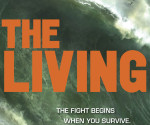
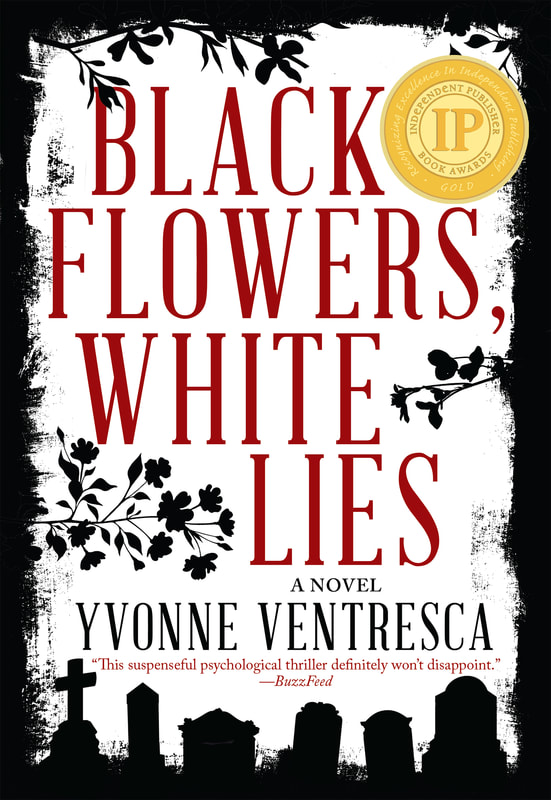
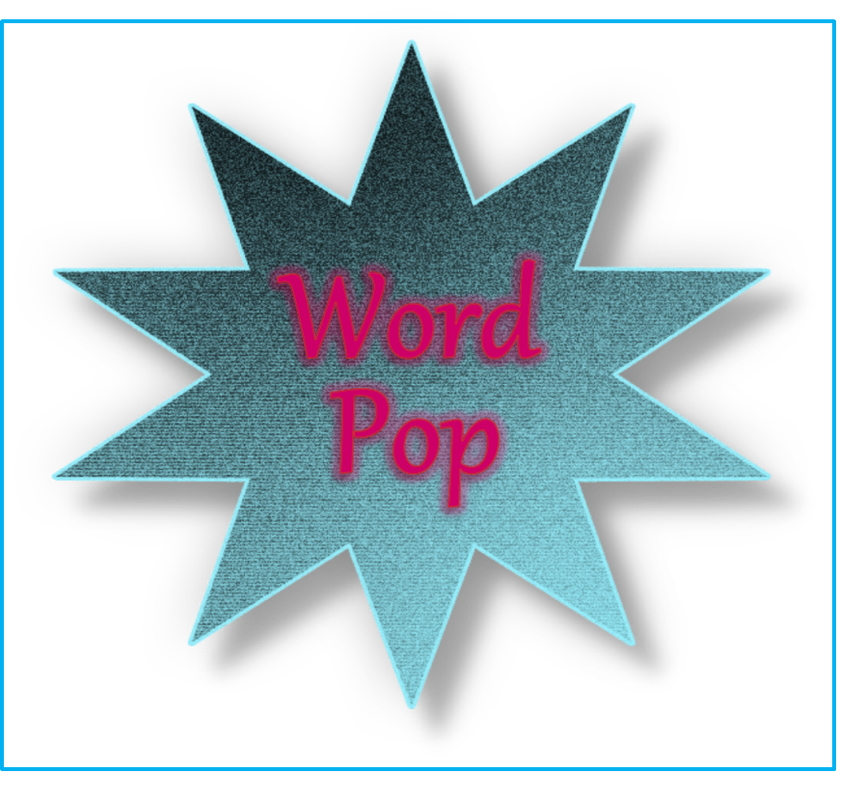
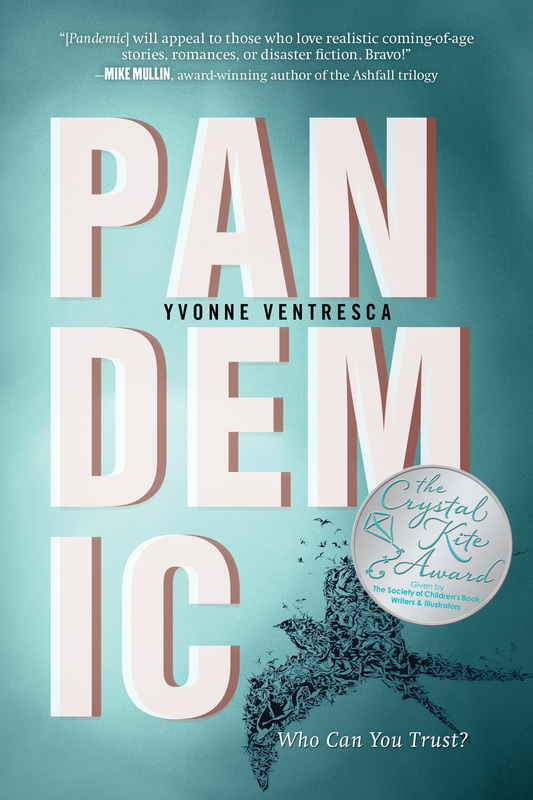
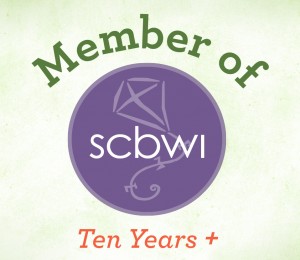


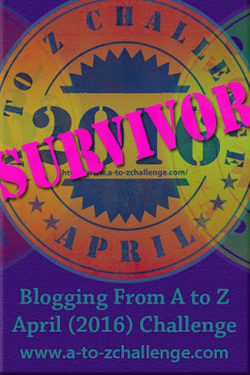
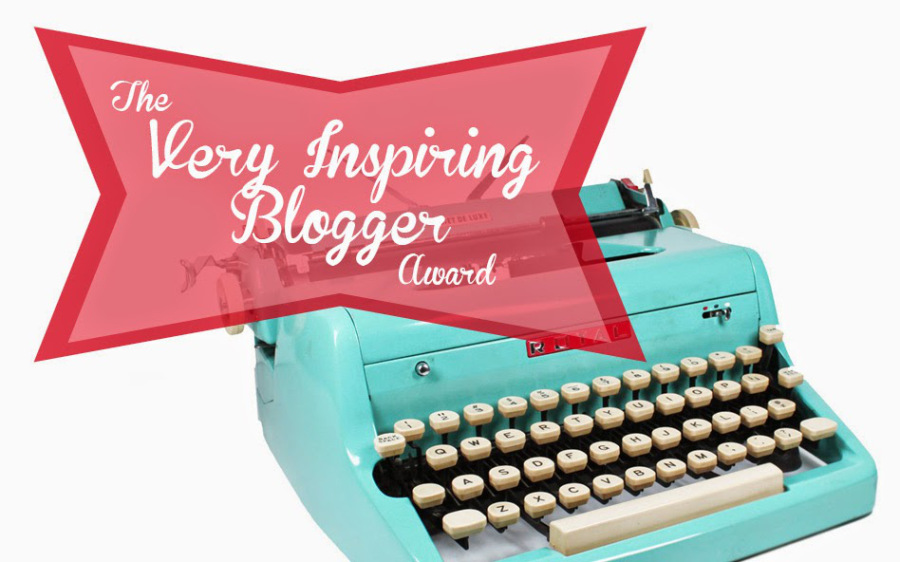
 RSS Feed
RSS Feed